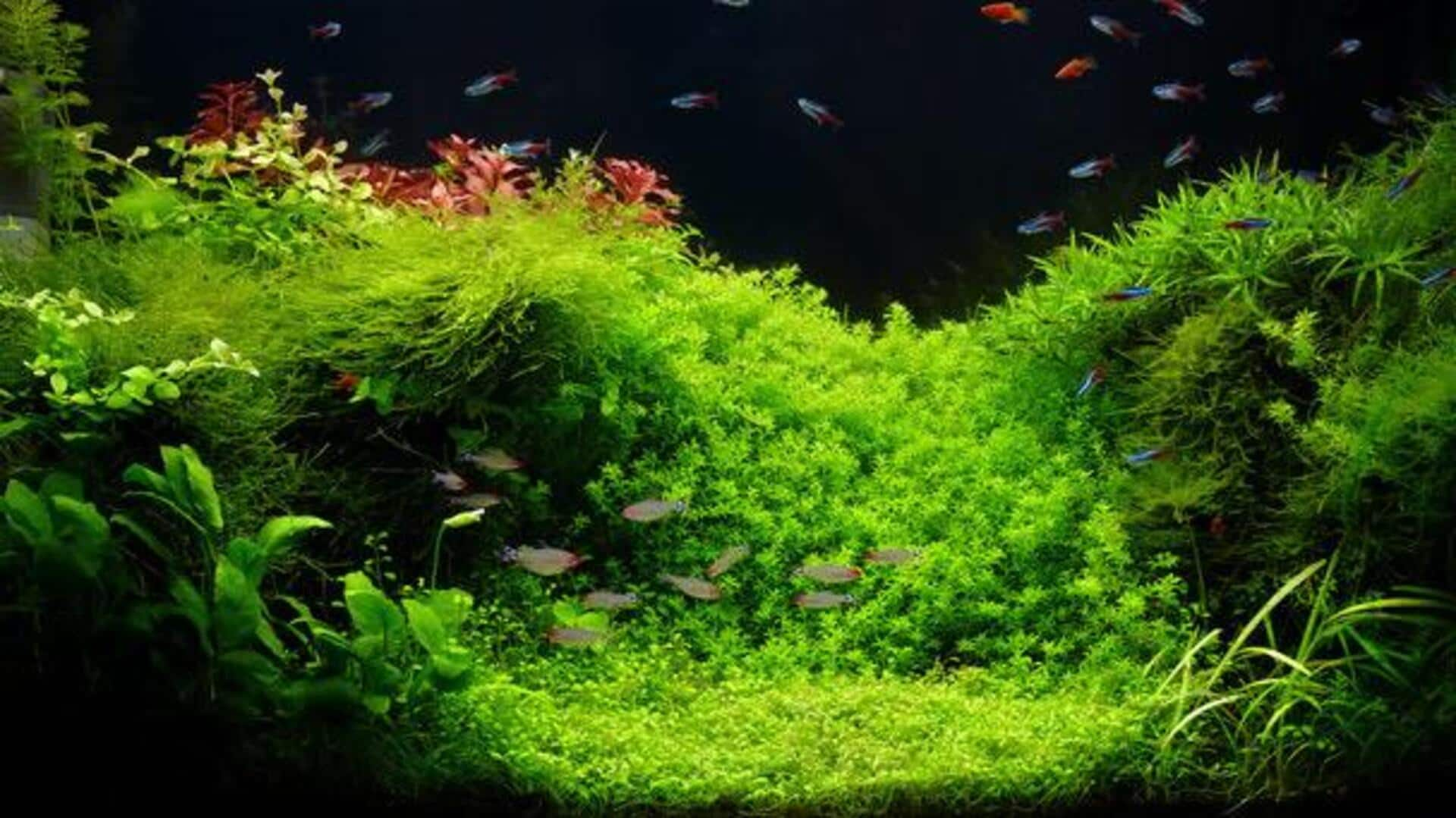
How to use aquarium water in gardening
What's the story
Using fish tank water to nourish plants is a smart way to boost greenery while recycling resources. The technique utilizes the nutrients present in fish waste, which can be beneficial for plant growth. By knowing how to use this resource the right way, you can improve your plant health and lead a more sustainable life. Here are five practical tips to do just that.
Nutrient insight
Understand nutrient content
Fish tank water is rich in essential nutrients like nitrogen, phosphorus, and potassium, which are key to plant growth. These nutrients are sourced from fish excreta and rotten food particles. However, before you use the water on your plants, make sure it is not too concentrated with waste as that could damage them. Test the nutrient levels in your tank regularly to keep a balance that sustains both aquatic life and plant health.
Plant selection
Choose suitable plants
Not all plants react equally well with fish tank water. Leafy greens like lettuce and spinach flourish with this nutrient-rich source due to their high nitrogen requirements. Even houseplants such as pothos or peace lilies can benefit from these nutrients too. Research which plants in your garden or home will best utilize the specific nutrient profile of your aquarium water.
Quality check
Monitor water quality
Maintaining good water quality is critical for irrigation purposes. Maintain the pH level of the aquarium water between six and seven, as most plants prefer slightly acidic conditions. Don't use chemically treated or medicated aquarium water on your plants, as these can be harmful when absorbed by roots.
Watering methodology
Implement proper watering techniques
When using fish tank water for your plants, use a watering can or drip system so that the aquarium water is evenly spread across soil surfaces, without over-saturating them. Don't completely replace regular watering with aquarium water. Instead, alternate between fresh tap/rainwater and aquarium sources every few weeks, depending on plant needs.
Maintenance routine
Regularly clean your tank
Regularly cleaning your fish tank makes sure that excess waste doesn't build up more than beneficial levels for both aquatic life and future gardening efforts. Do partial changes weekly by taking out about 10% of the old aquarium liquid while replacing it with fresh dechlorinated tap supply—this keeps nutrient concentrations optimal without overwhelming either ecosystem involved in this symbiotic relationship between aquariums and gardens alike.